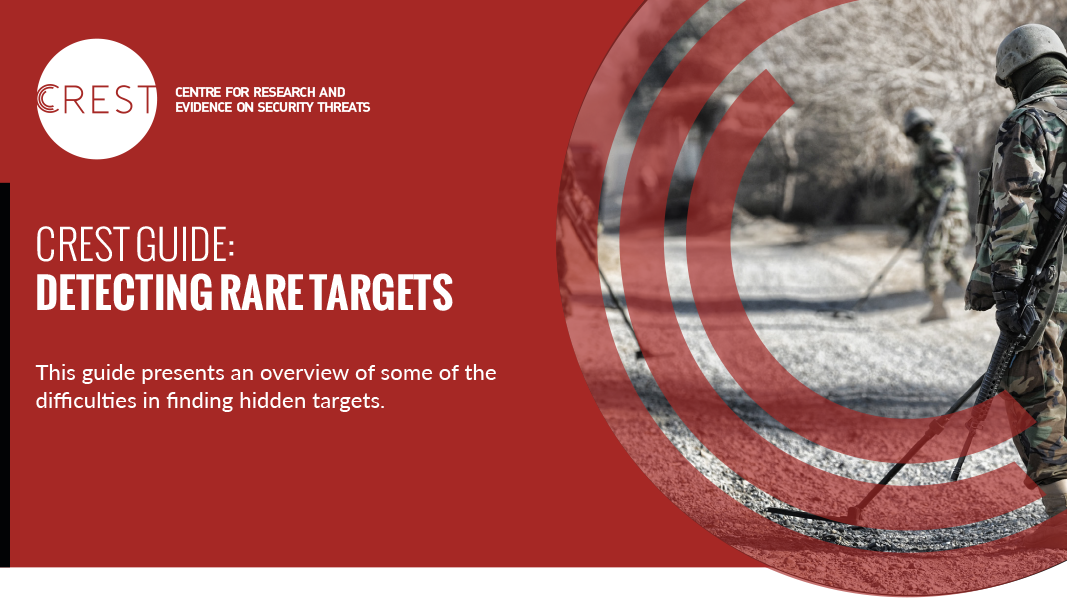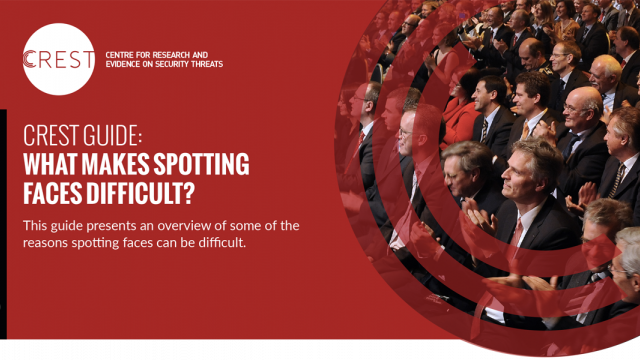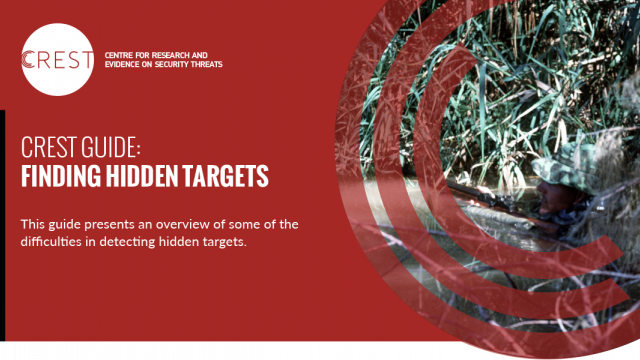This is one of a series of guides on detecting rare, hidden, or non-salient targets.
It is more difficult to detect rare targets than common targets. When targets don't appear very often, people tend to search less persistently for evidence of the target before deciding that it is absent. In addition, if the observer has to search through multiple objects to look for rarely occurring targets then they tend to demonstrate the following behaviour:
- Observers often look at but fail to identify the rare target, when present.
- Observers are more likely to look at each object in the display only once, if at all.
Both of these behaviours raise the likelihood of missing the target when it is present.
Long-term history of target likelihood is more influential than what has happened on recent trials or what is predicted to happen.
The expectation of how likely it is that a target will appear builds up slowly over experience with the detection task. Long-term history of target likelihood is more influential than what has happened on recent trials or what is predicted to happen. Performance can be affected by the length of time spent on a detection task. However, whether the target being searched for is rare or not does not affect performance.
Copyright Information
As part of CREST’s commitment to open access research, this text is available under a Creative Commons BY-NC-SA 4.0 licence. Please refer to our Copyright page for full details.






